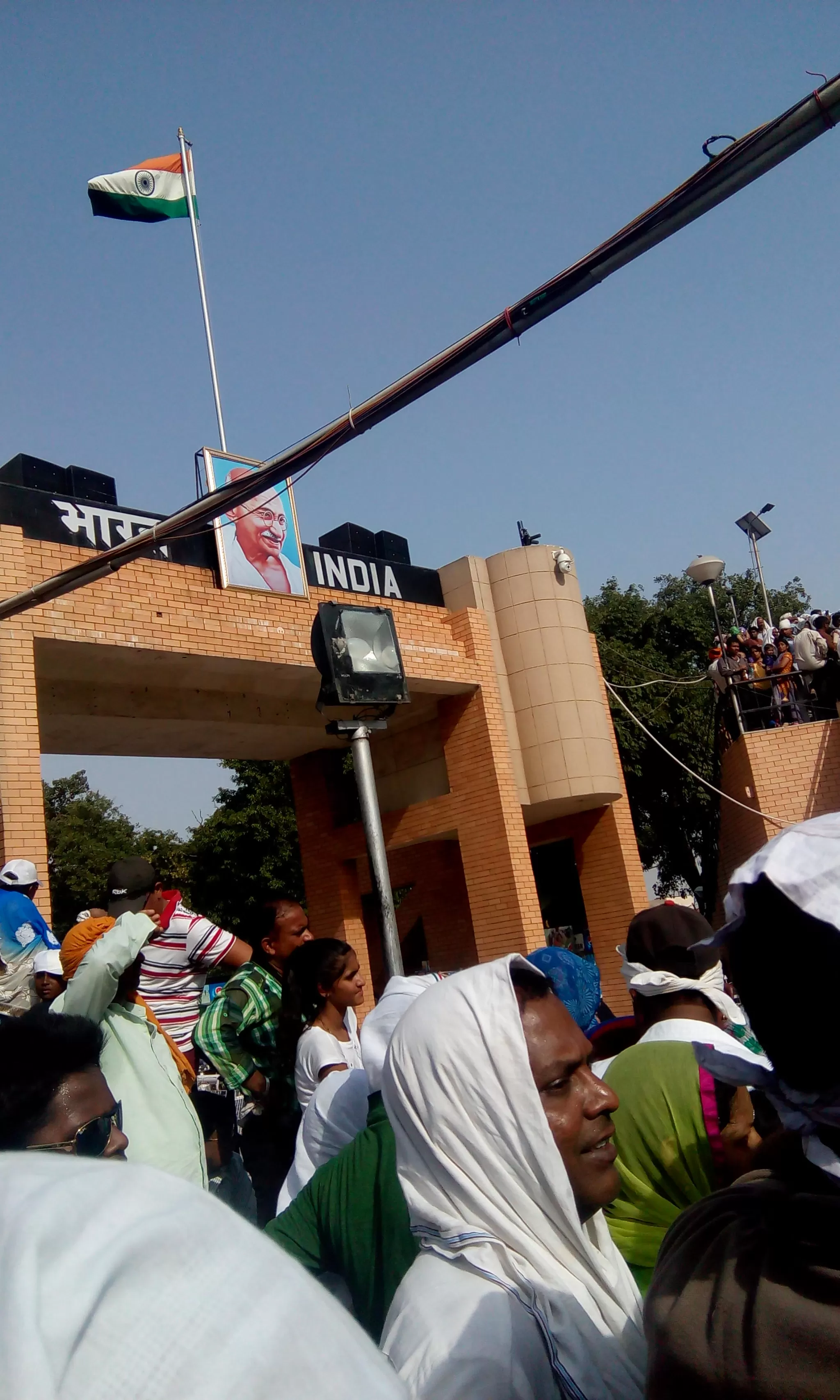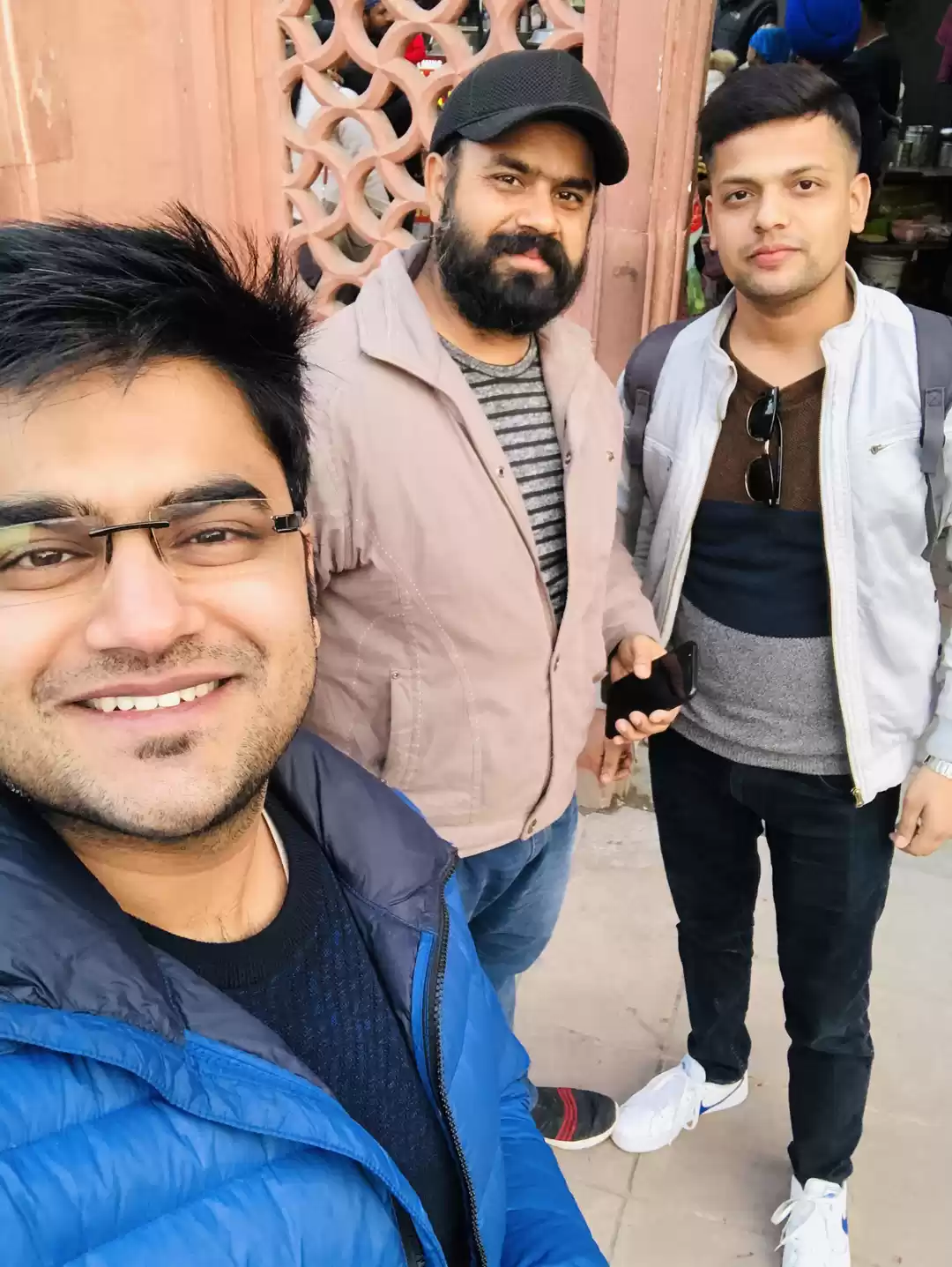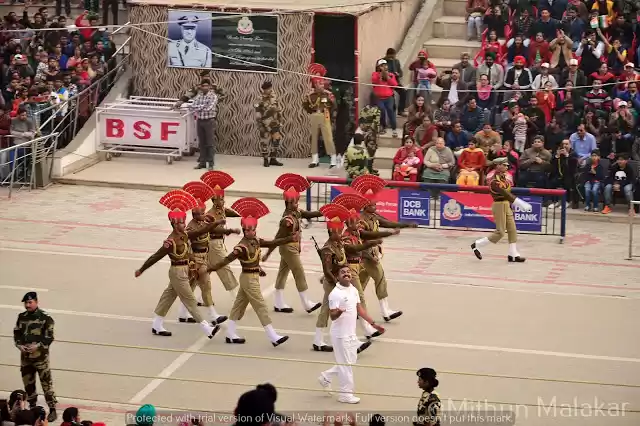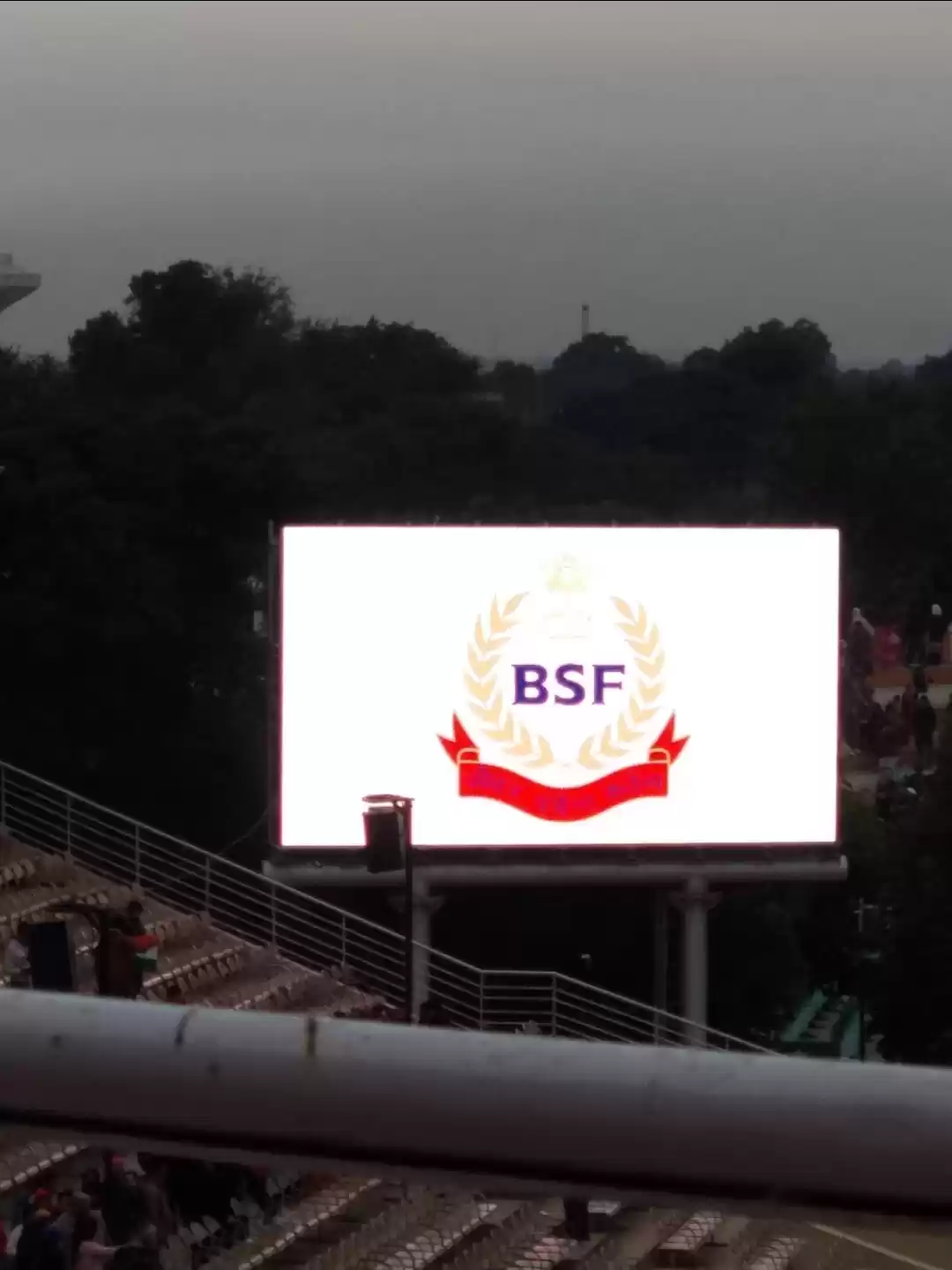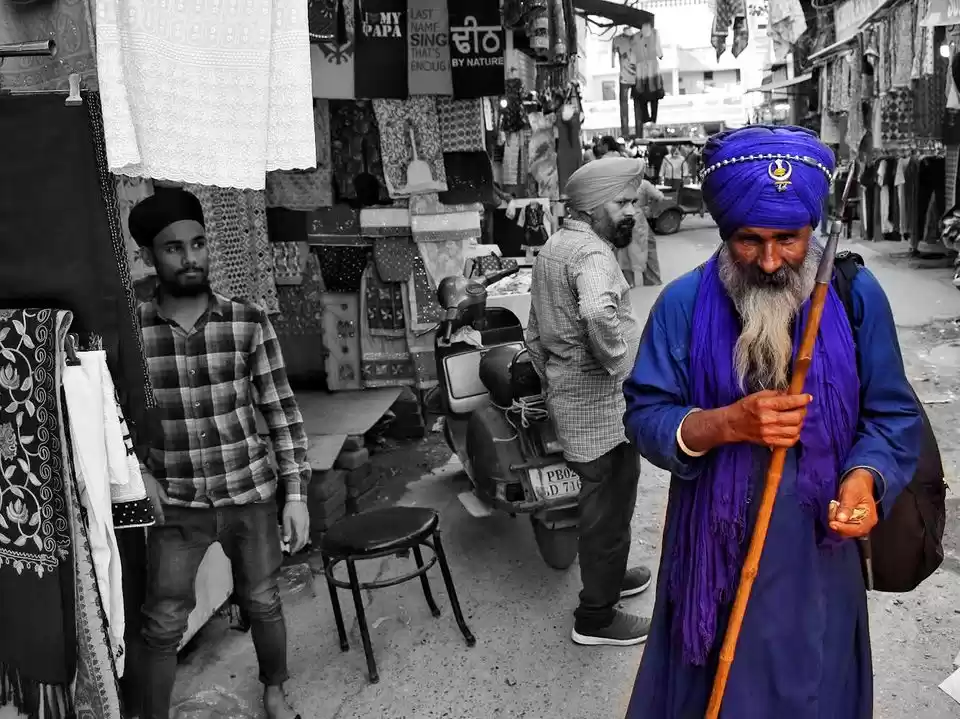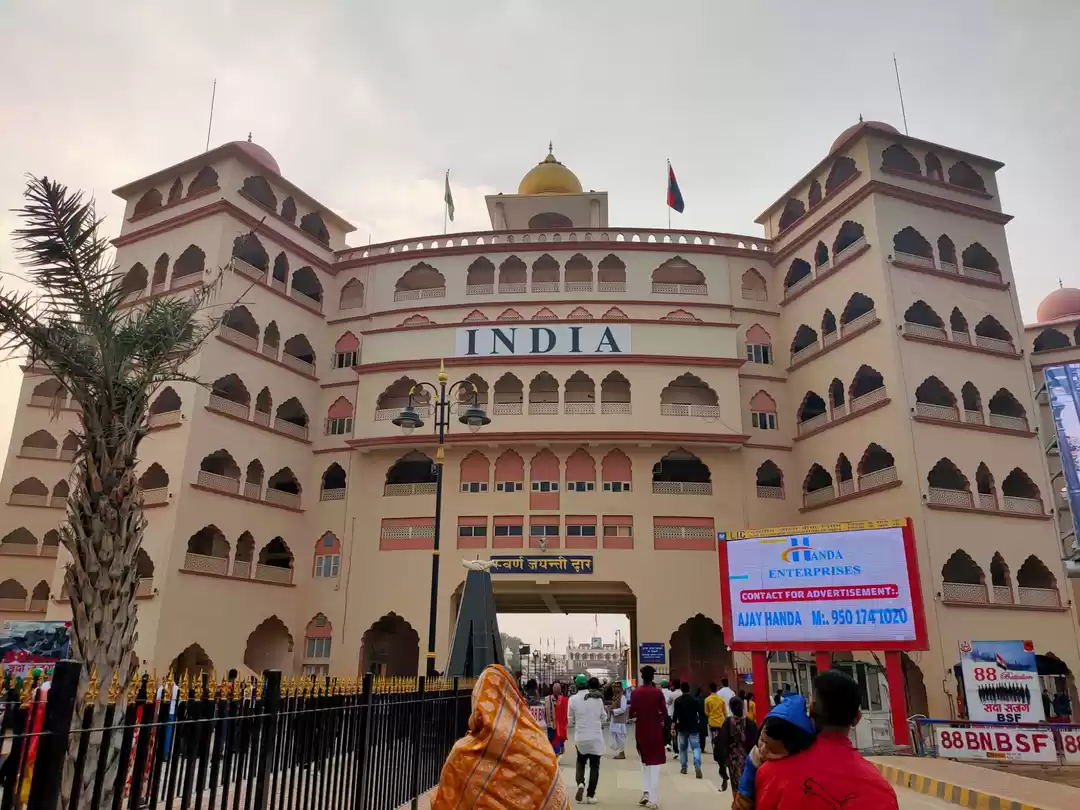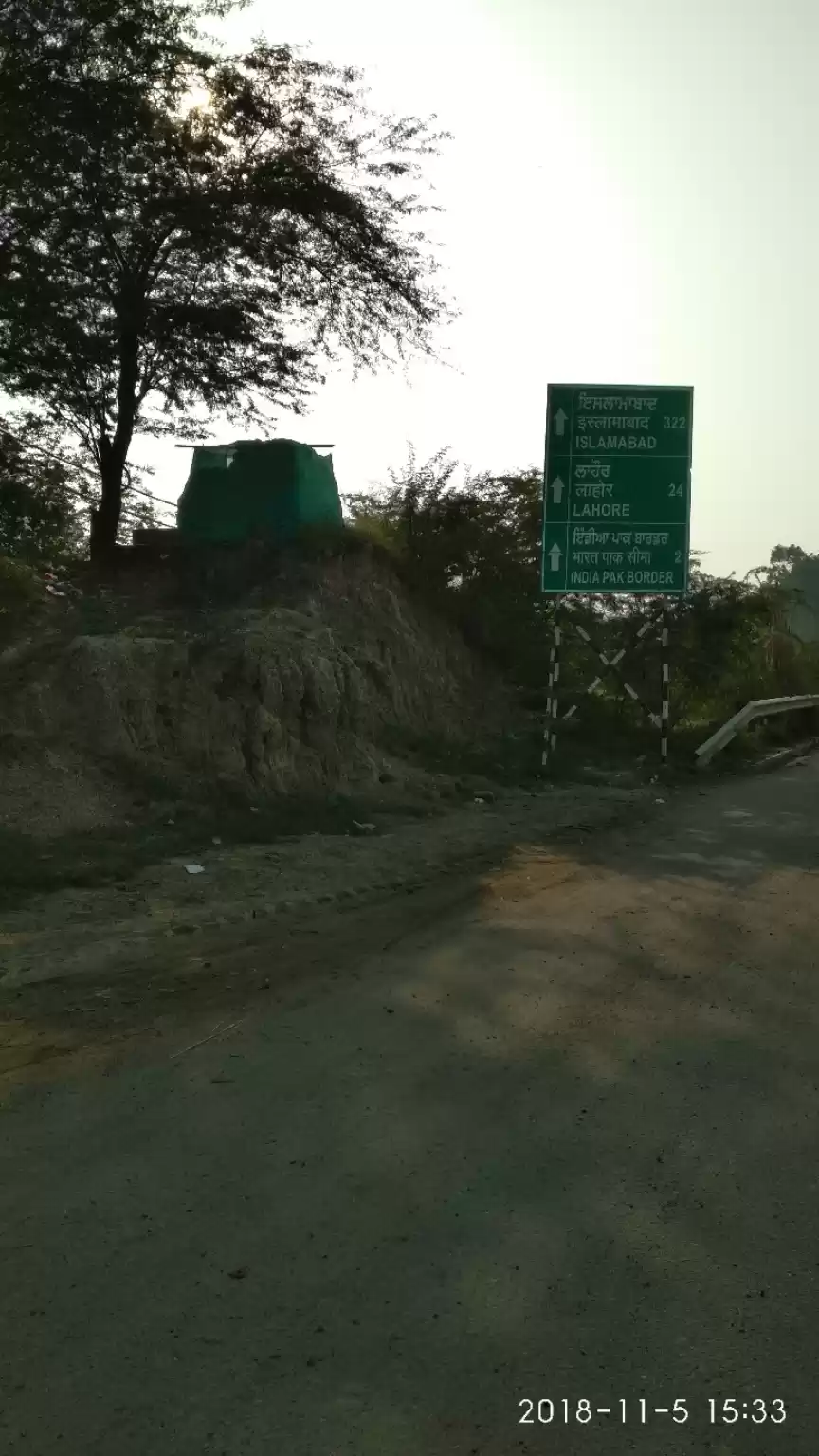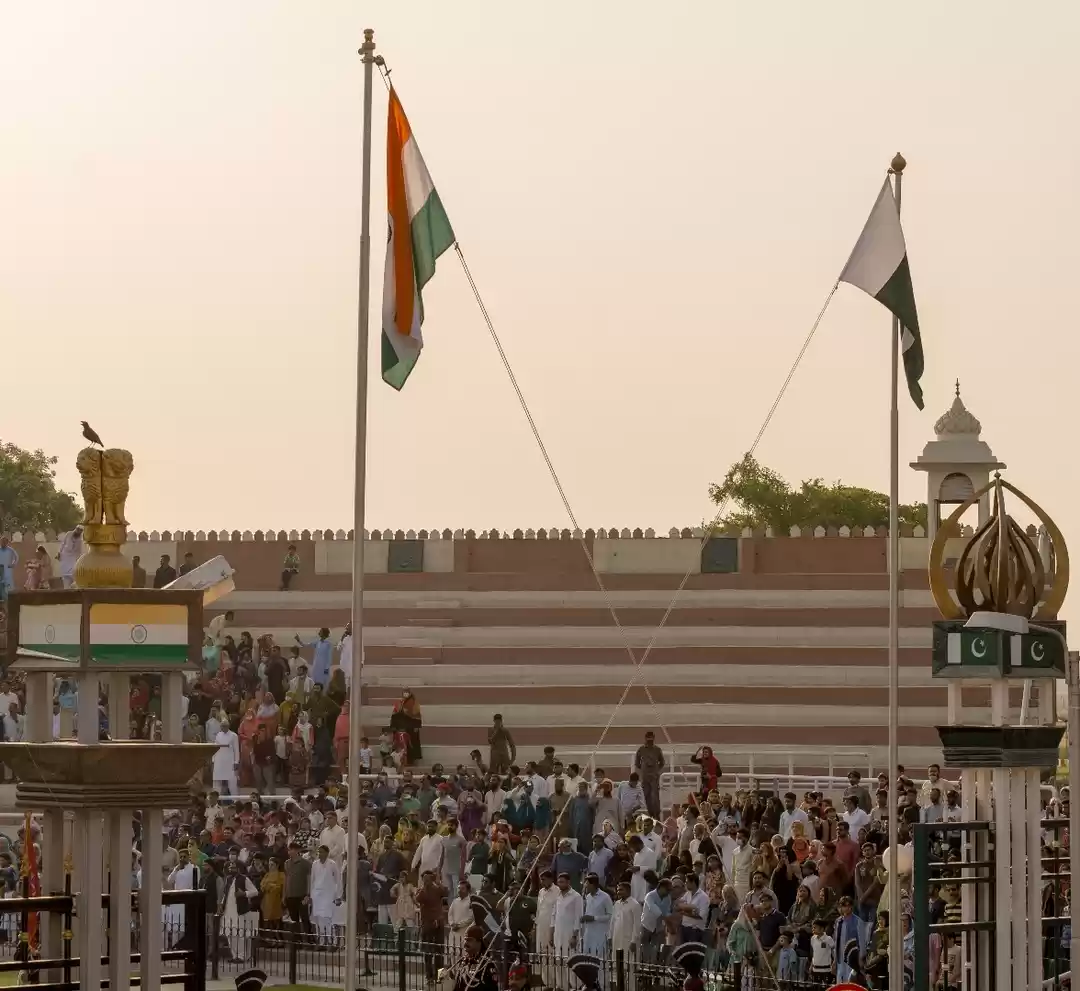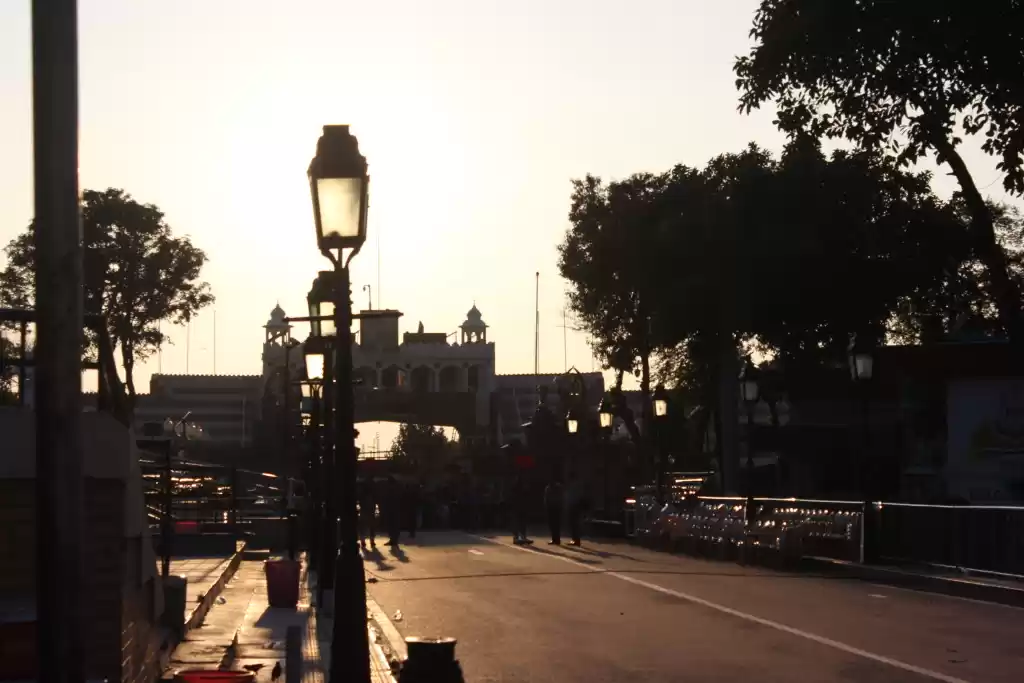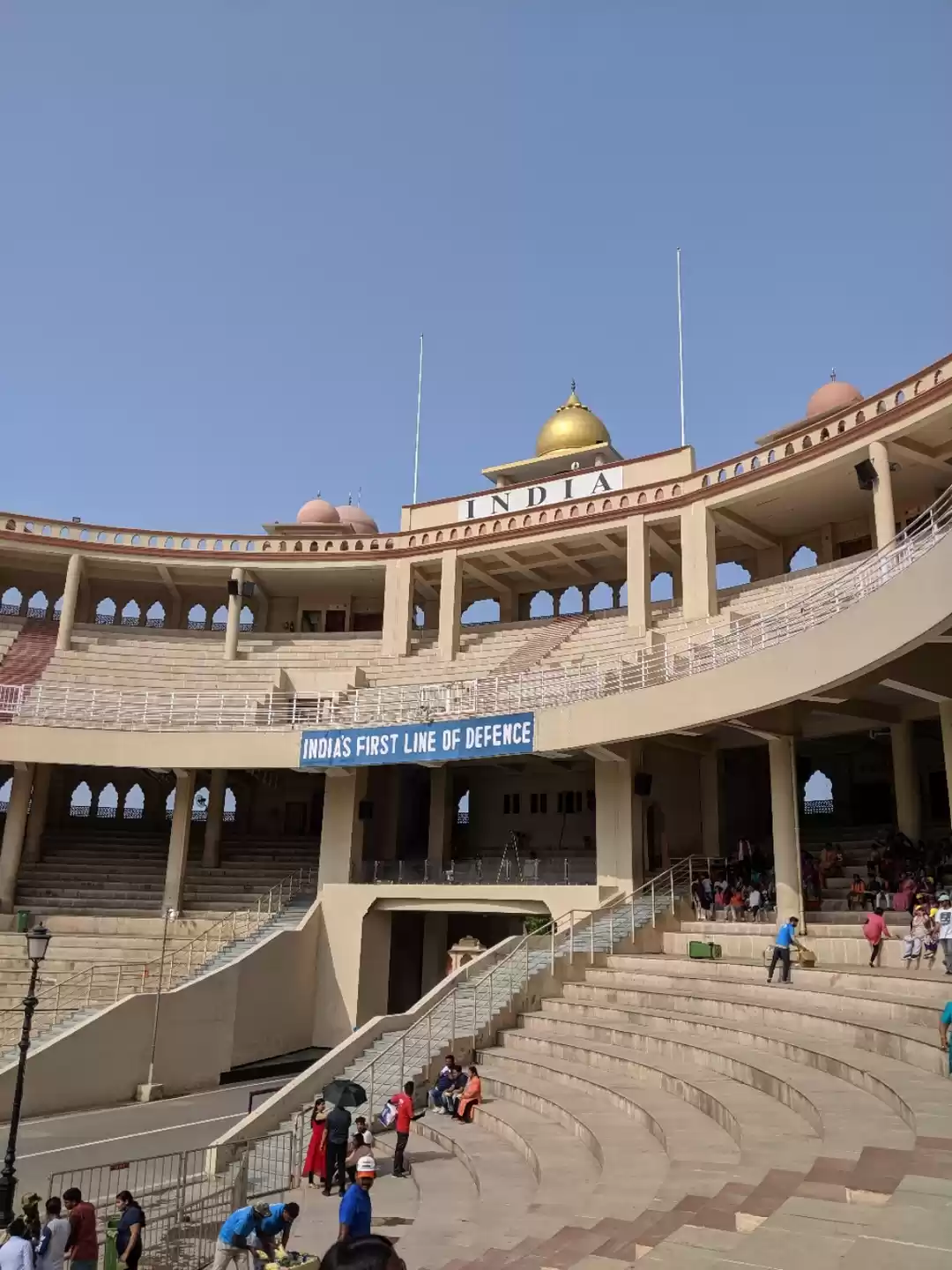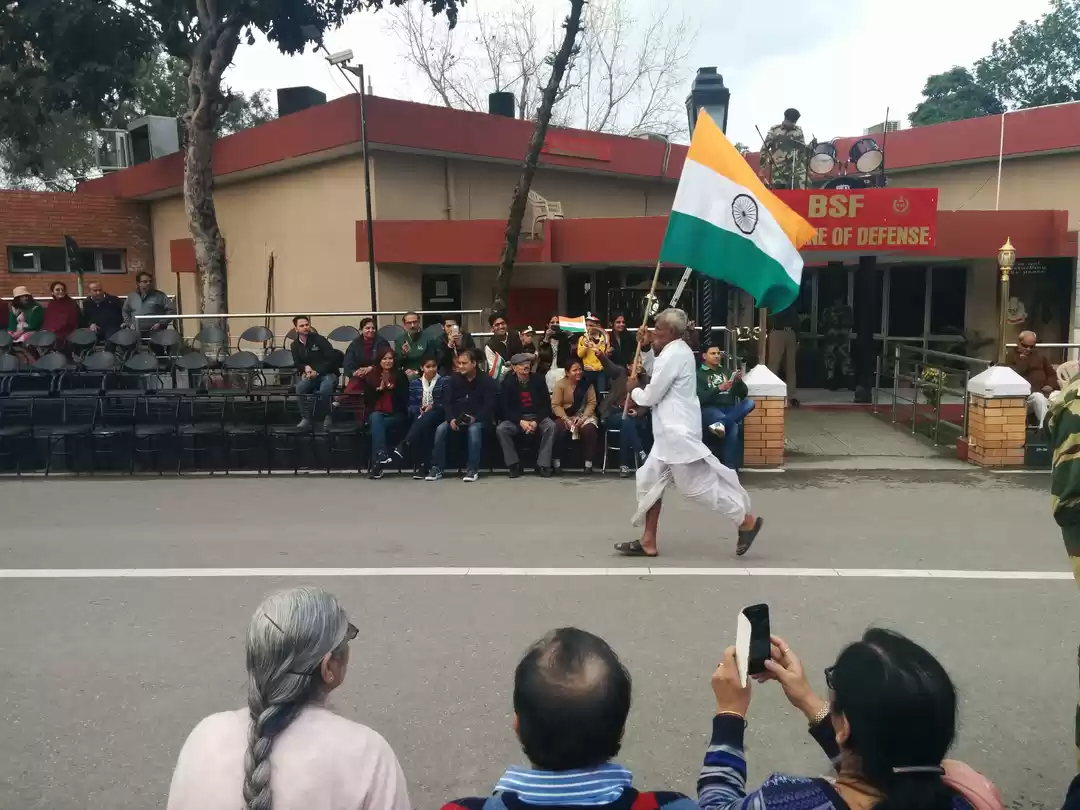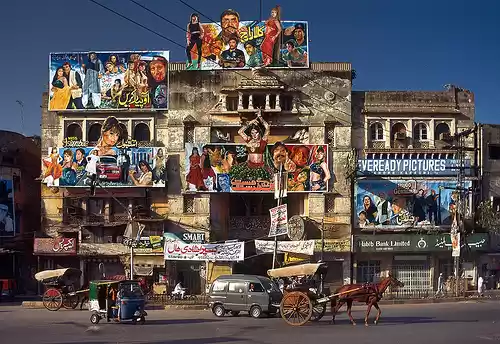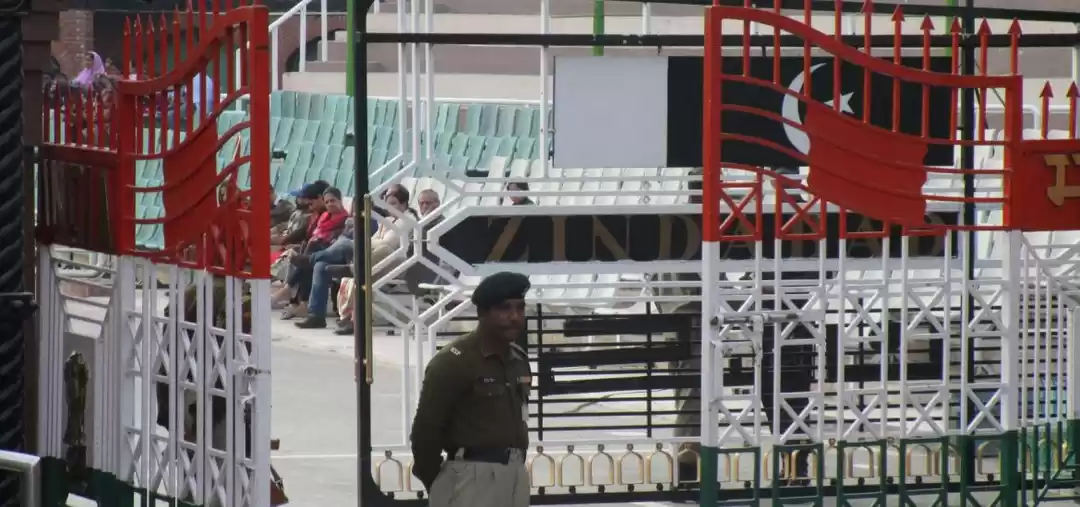Have you ever wondered what it would be like to see two rival nations put on a show of strength and unity at the same time? If yes, then you should definitely visit the Wagah Border, the only road border crossing between India and Pakistan. Here, you can witness the Beating Retreat ceremony, a daily spectacle of military and patriotic display that attracts thousands of visitors from both sides of the border.
The Wagah Border is located about 30 km from Amritsar, the holy city of Sikhism and a cultural hub of Punjab. It is one of the most popular tourist attractions in Amritsar, along with the Golden Temple, Jallianwala Bagh, and Khalsa College. In this article, we will guide you through everything you need to know about the Wagah Border and its ceremony, including its history, timings, entry fee, tips, and nearby attractions.
History of the Wagah Border
The Wagah Border was established in 1947, after the partition of India and Pakistan. It was the only road link between the two countries until 1999, when another border crossing was opened at Munabao in Rajasthan. The Wagah Border has witnessed several conflicts and tensions between the two nations, such as the Indo-Pakistani wars of 1965 and 1971, the Kargil War of 1999, and the 2008 Mumbai attacks.
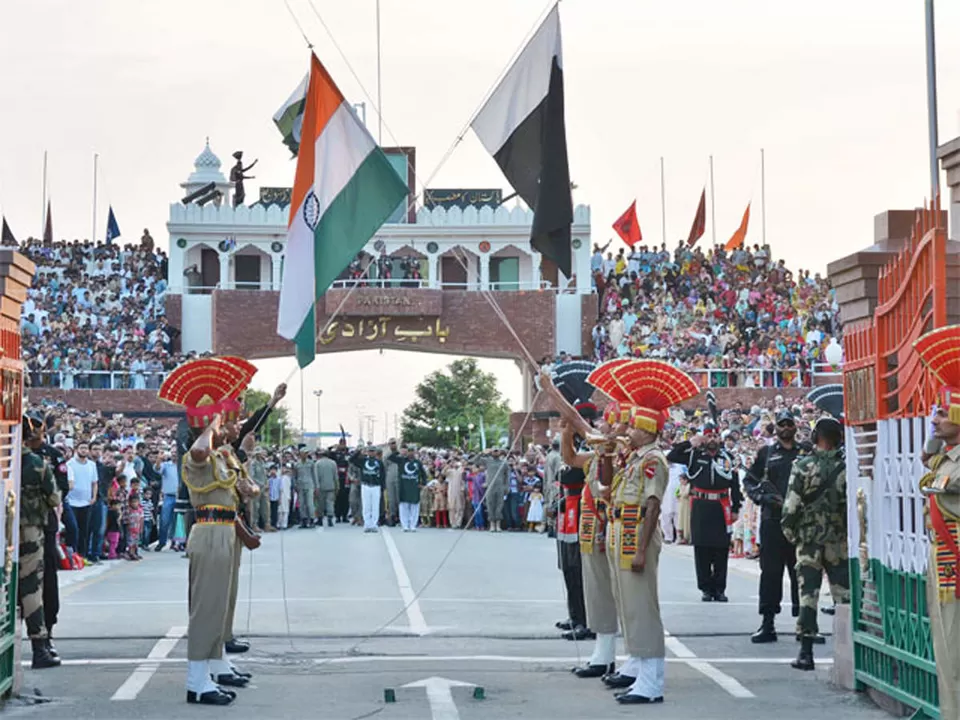
The Beating Retreat ceremony at the Wagah Border started in 1959 as a gesture of goodwill and cooperation between the two armies. It involves a coordinated lowering of flags and closing of gates by both sides at sunset. The ceremony is marked by elaborate drills, loud chants, high kicks, and aggressive postures by the soldiers. The ceremony also includes a handshake between the commanders of both sides, followed by a blast of bugles that signals the end of the day.
The ceremony is a symbol of both rivalry and friendship between India and Pakistan. It showcases the pride and patriotism of both countries, as well as their respect and recognition for each other. The ceremony is also a source of entertainment and excitement for the spectators, who cheer and clap for their respective sides.
How to Experience the Wagah Border Ceremony
The Wagah Border ceremony is held every day throughout the year, except on days of national holidays or emergencies. The ceremony starts at around 4:15 pm in winter and 5:15 pm in summer, but it is advisable to arrive at least two hours before to secure a good seat. The ceremony lasts for about 45 minutes and ends before dark.
The entry to the Wagah Border is free of cost, but you need to carry a valid ID proof such as Aadhaar card, passport, or voter ID card. You also need to go through a security check before entering the premises. You can choose to sit on either side of the border, depending on your nationality or preference. There are separate seating arrangements for men and women on both sides.
Some tips and advice for watching the ceremony are:
1. Wear comfortable clothes and shoes, as you may have to walk a long distance from the parking area to the seating area.
2. Carry water bottles and snacks, as there are no food stalls or vendors inside the premises.
3. Avoid carrying any bags or valuables, as there are no lockers or storage facilities available.
4. Follow the instructions of the security personnel and do not cross or touch the border line.
5. Respect the sentiments of both sides and do not indulge in any provocative or offensive gestures or slogans.
6. Enjoy the ceremony and capture some memorable photos and videos.
Things to Do Near Wagah Border in Amritsar
After watching the Wagah Border ceremony, you can also explore some of the nearby attractions in Amritsar that are worth visiting. Some of them are:
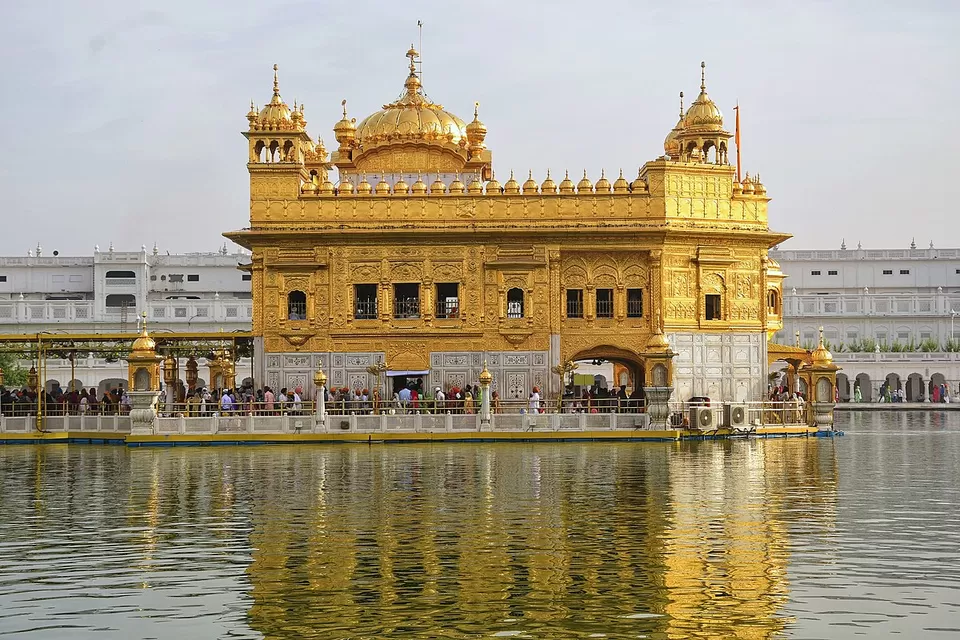
The Golden Temple:
The Golden Temple, also known as Harmandir Sahib, is the most sacred and iconic landmark of Sikhism and India. It is a stunning structure of gold and marble that stands in the middle of a serene pool of water. It is open 24 hours a day and welcomes people of all faiths and backgrounds. You can admire its beauty, listen to the soothing hymns, and partake in the langar, a free community meal served by volunteers.
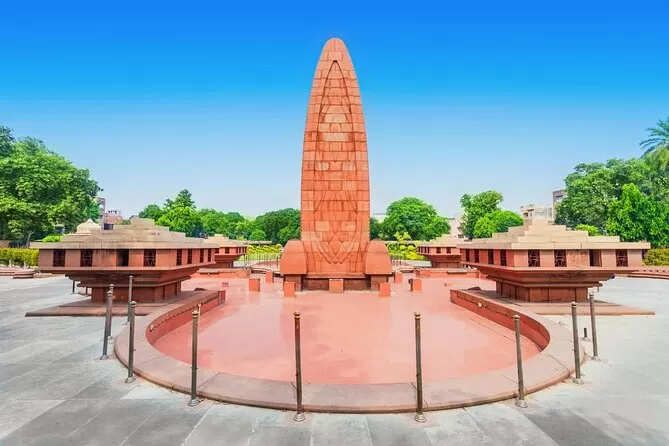
Jallianwala Bagh:
Jallianwala Bagh is a memorial site for a tragic massacre that took place in 1919, when British troops fired at a peaceful gathering of unarmed Indians, killing hundreds of them. You can see the bullet marks on the walls, the well where many people jumped to escape, and the flame of eternal remembrance. You can also visit the museum that displays the history and photos of the incident.

Khalsa College:
Khalsa College is an architectural marvel that blends Mughal, Sikh, and Gothic styles. It was established in 1892 as an educational institution for promoting Sikh values and culture. You can admire its domes, arches, and windows, and learn about its history and achievements.
You can reach these places from the Wagah Border by taking a taxi, bus, or auto-rickshaw. The distance and time may vary depending on the traffic and road conditions, but generally, it takes about 45 minutes to an hour to reach any of these places from the Wagah Border. The opening hours and entry fee may also vary depending on the season and day of the week, but generally, they are open from sunrise to sunset and charge a nominal fee or no fee at all.
You may also like to check out: The Beating Retreat ceremony at Wagah Border - Battle or Balet?
Best Time To Visit
The best time to visit Wagah Border is during the winter months, preferably in January, February, or March. The weather is pleasant and comfortable during this season, and the ceremony is more enjoyable. The summer months can be too hot and humid to visit the Wagah Border, and the ceremony can be exhausting.
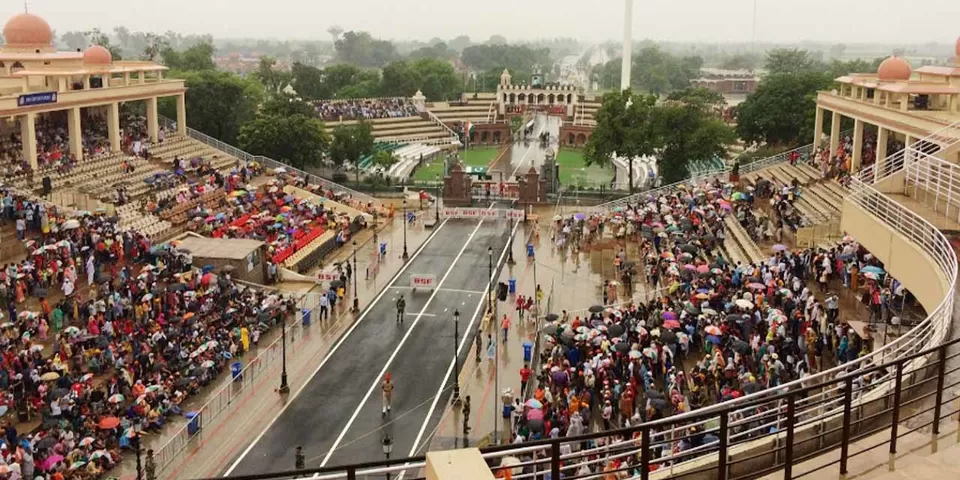
If you want to witness the Wagah Border ceremony, you should arrive at least two hours before the parade starts to secure a good seat. The ceremony is very popular and attracts thousands of visitors from both sides of the border.
How To Reach
There are different ways to reach Wagah Border from Amritsar, depending on your preference and budget. Here are some of the options:
By bus:
You can get a bus from Amritsar to Attari, which is about 4 to 5 km from the Wagah Border1. The bus fare is around Rs. 50 per person. From Attari, you can take an auto-rickshaw or a cycle-rickshaw to the entry gate of the Wagah Border. The rickshaw fare is around Rs. 20 to 30 per person.
By taxi/cab:
You can book a taxi or a cab from Amritsar to Wagah Border, which is about 30 km away. The taxi or cab fare is around Rs. 800 to 1000 for a round trip. You can also share the taxi or cab with other passengers to reduce the cost.
By train:
You can take a local train from Amritsar to Attari railway station, which is the nearest railway station from the Wagah Border. The train fare is around Rs. 10 per person. The train timings are 8:10 am, 9:30 am, and 2:30 pm from Amritsar, and 6:30 am, 12:45 pm, and 6:45 pm from Attari. From Attari railway station, you can take an auto-rickshaw or a cycle-rickshaw to the entry gate of the Wagah Border.
By personal conveyance:
You can also drive your own car or bike from Amritsar to Wagah Border, which is about 28 km away. The road is well-maintained and easy to navigate. You can park your vehicle at the designated parking area near the entry gate of the Wagah Border.
The Wagah Border is a must-visit destination for anyone who wants to witness a unique and spectacular border ceremony between India and Pakistan. It is a display of military and patriotic fervour that will leave you spellbound and inspired.
It is also a great opportunity to learn about the history and culture of both countries and their relations. If you are planning to visit Amritsar, make sure you include the Wagah Border in your itinerary. You will not regret it.
We hope you enjoyed this article and found it useful. If you have any questions or feedback, please let us know in the comments section below. Thank you for reading and happy travelling!






